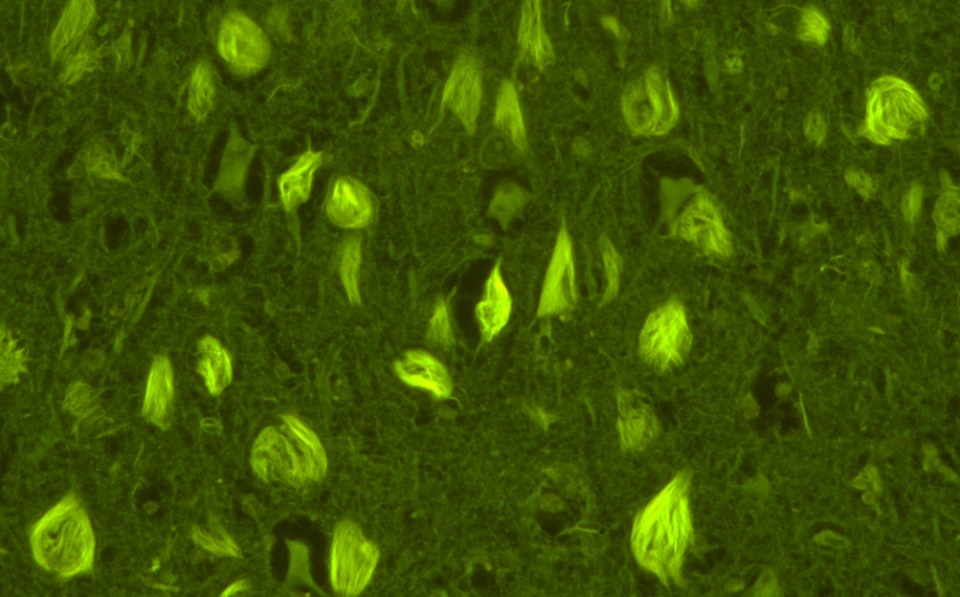
Brain UK study ref: 25/013,
Lay summary,
Project status: Active
Do AN1792 trial patients still show ASC positive cores of former Abeta plaques?
Dr Heneka and Dr Riechers, University of Luxembourg
Alzheimer’s disease (AD) is the most common form of dementia, mainly affecting older people. As people in Western countries live longer, more AD cases are appearing. This puts a growing strain on families, the society, and healthcare systems. A key feature of AD is the buildup of protein clumps in the brain called Abeta plaques. These plaques are found near dying nerve cells and attract immune cells. Between 2001 and 2003, a vaccine called AN1792 was tested by scientists to target these plaques. In 2019, researcher Delphine Boche found that the treatment had successfully reduced the amount of Abeta plaques—even 15 years later. In 2017, the Heneka lab discovered that most plaques contain a core made of a protein called ASC, which comes from the brain’s immune cells. These ASC cores might act like seeds that help plaques form. We’re studying whether these ASC cores remain in the brain even when Abeta clumping is less. This could help explain how plaques form and stick around. We’re also working on a new treatment using antibodies that block ASC cores. If successful, this could lead to better ways to slow down or prevent AD in the future.
